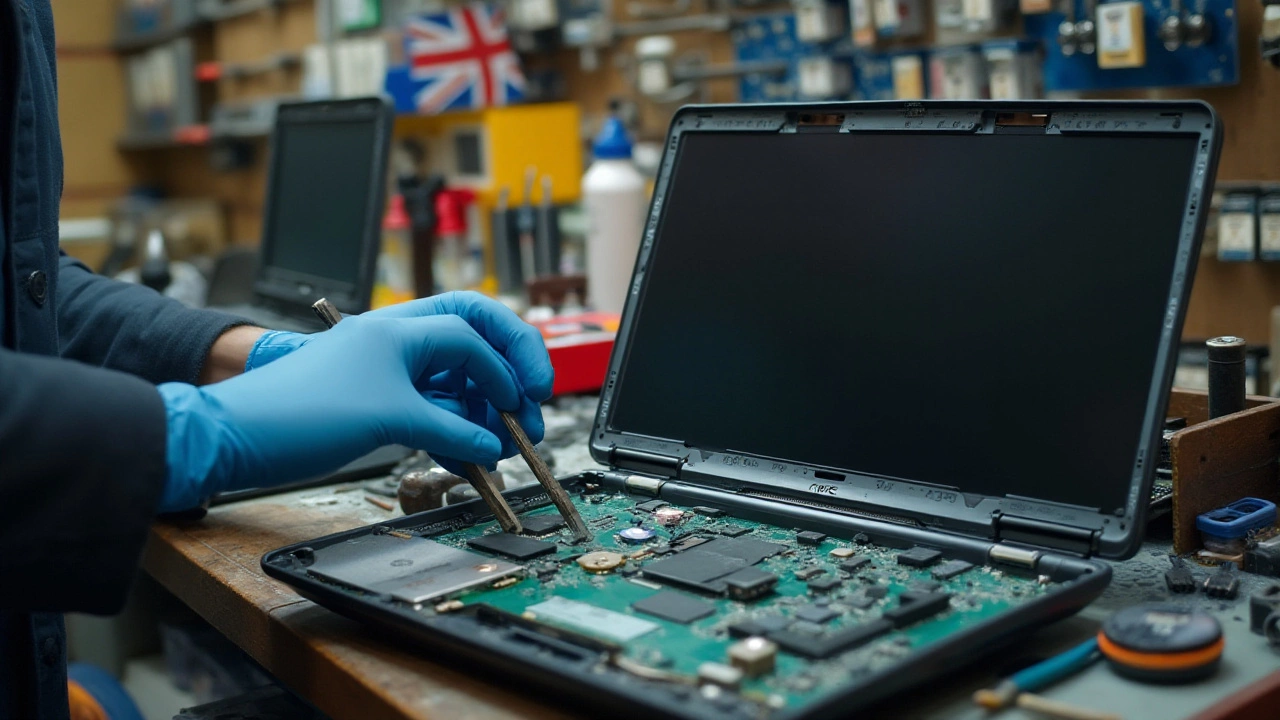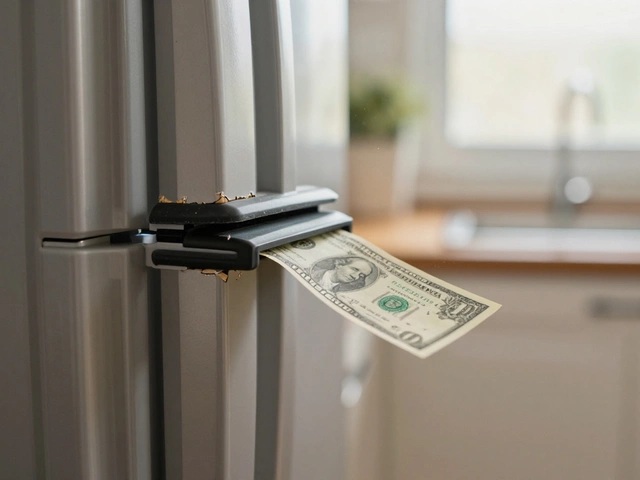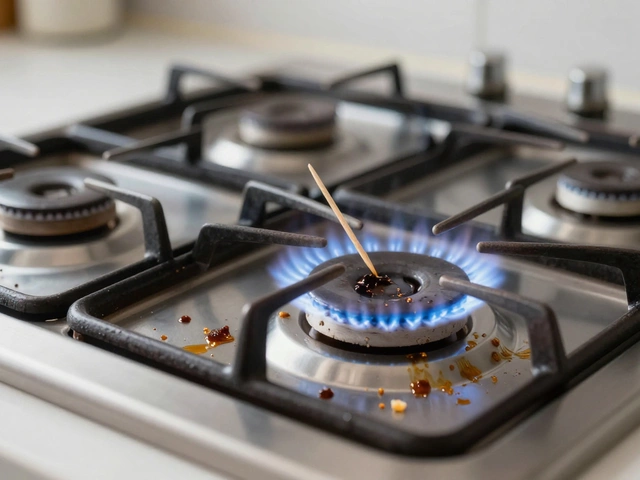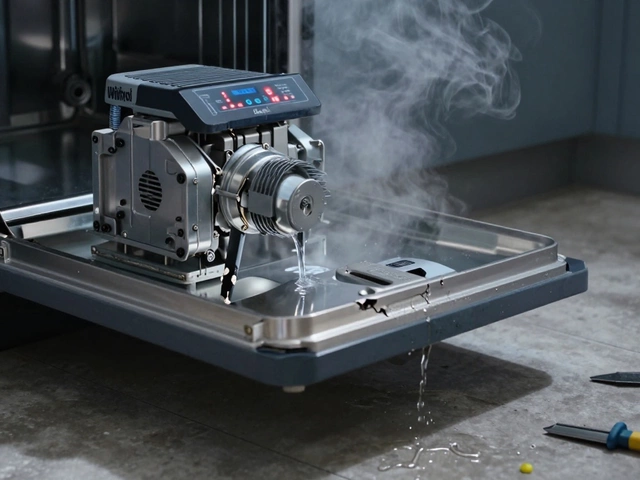Repair Costs: What You’ll Actually Pay to Fix Common Appliances
Got a noisy dishwasher or a fridge that won’t cool? Before you call a tech, it helps to know the price range you’re looking at. Repair costs can vary a lot, but most homeowners spend somewhere between £80 and £300 on a single fix. Below we break down the main factors that push the bill up or down, and give you a quick cheat‑sheet of typical prices for the most common appliances.
What Determines the Price?
First off, the cost isn’t just about labour. Here’s what really matters:
- Part price: A cheap thermostat might be £20, while a compressor for a fridge can hit £200.
- Age of the unit: Older models often need harder‑to‑find parts, which drives the price up.
- Complexity of the job: Re‑wiring a washing machine is quicker (and cheaper) than swapping an oven heating element.
- Location: Some areas charge a higher call‑out fee, especially if travel time is long.
Knowing these points lets you ask the right questions and avoid surprise fees.
Typical Repair Price Ranges
Below are the average costs you’ll see across the UK. All figures are for a standard repair, parts included, and can shift up or down based on the factors above.
- Refrigerator: £100‑£250. Most common fixes are the thermostat (£30‑£50) or the defrost timer (£70‑£120).
- Oven: £80‑£200. Replacing a heating element is usually £90‑£150, while a faulty control board can push it above £200.
- Washing machine: £90‑£220. Door seals cost £30‑£60; motor repairs often sit around £150.
- Dishwasher: £70‑£180. Pump replacements are the most common and run £80‑£130.
- Boiler: £120‑£300. A simple safety valve swap is £100‑£150, but a full heat‑exchanger replacement can top £500.
- Dryer: £80‑£200. Belt replacements are cheap (£30‑£50); a new heating element can be £120‑£180.
- Water heater: £100‑£250. Thermostat fixes are around £80, while a broken tank can cost £250‑£400.
These numbers give you a ballpark, but always ask for a written quote before any work starts.
When to Repair and When to Replace
If the repair cost is more than half the price of a new unit, think about replacing. For example, a fridge replacement runs £400‑£700; paying £250 to fix a 12‑year‑old fridge probably isn’t worth it. On the other hand, a 3‑year‑old washing machine with a £120 motor fix is a smart move.
Other signs you should replace instead of repair include frequent breakdowns, rising energy bills, or visible rust and corrosion. A fresh appliance can save you money on power bills and usually comes with a warranty.
Tips to Keep Repair Costs Low
- Regular maintenance: Clean lint filters on dryers, descale kettles and coffee makers, and keep fridge coils dust‑free. Prevention stops big repairs.
- DIY basics: Tighten loose connections, replace simple seals, or defrost a freezer yourself. You can save £30‑£50 on a call‑out.
- Shop for parts: If you’re comfortable ordering the part yourself, you often get a better price than a tech’s markup.
- Get multiple quotes: A quick phone call to two local services can reveal a £20‑£50 price difference.
Bottom line: Knowing the typical cost, the factors that influence it, and when to call it quits can keep your wallet happy. If you’re in Weymouth and need a reliable fix, our team at Weymouth Appliance Repair Services offers transparent pricing and a no‑surprise policy.
How Much Does It Cost to Fix an Oven That Won't Heat?
- Alden Wilder
- Feb 12 2025
- 0 Comments
An electric oven that won't heat can be frustrating and inconvenient. This article explores the potential costs of repairing a non-heating oven, factoring in parts, labor, and the type of repair required. It provides practical tips on diagnosing the issue and determining whether you need professional help. Learn about common causes of heating problems and how to address them. Whether you're handy with tools or need to hire someone, get insights on handling your oven's heating woes.
View MoreThe Costliest Laptop Component to Repair: A Deep Dive
- Alden Wilder
- Dec 18 2024
- 0 Comments
Repairing a laptop can sometimes cost more than expected, primarily due to certain components being exceptionally pricey to fix. Understanding which parts are the most expensive can help you make informed decisions when facing laptop repair issues. The display, motherboard, and GPU often top the list of costly repairs. Knowing what influences these costs and how to potentially prevent damage are key considerations. This article delves into the nuances of laptop repair costs, with a focus on the most expensive components.
View More





